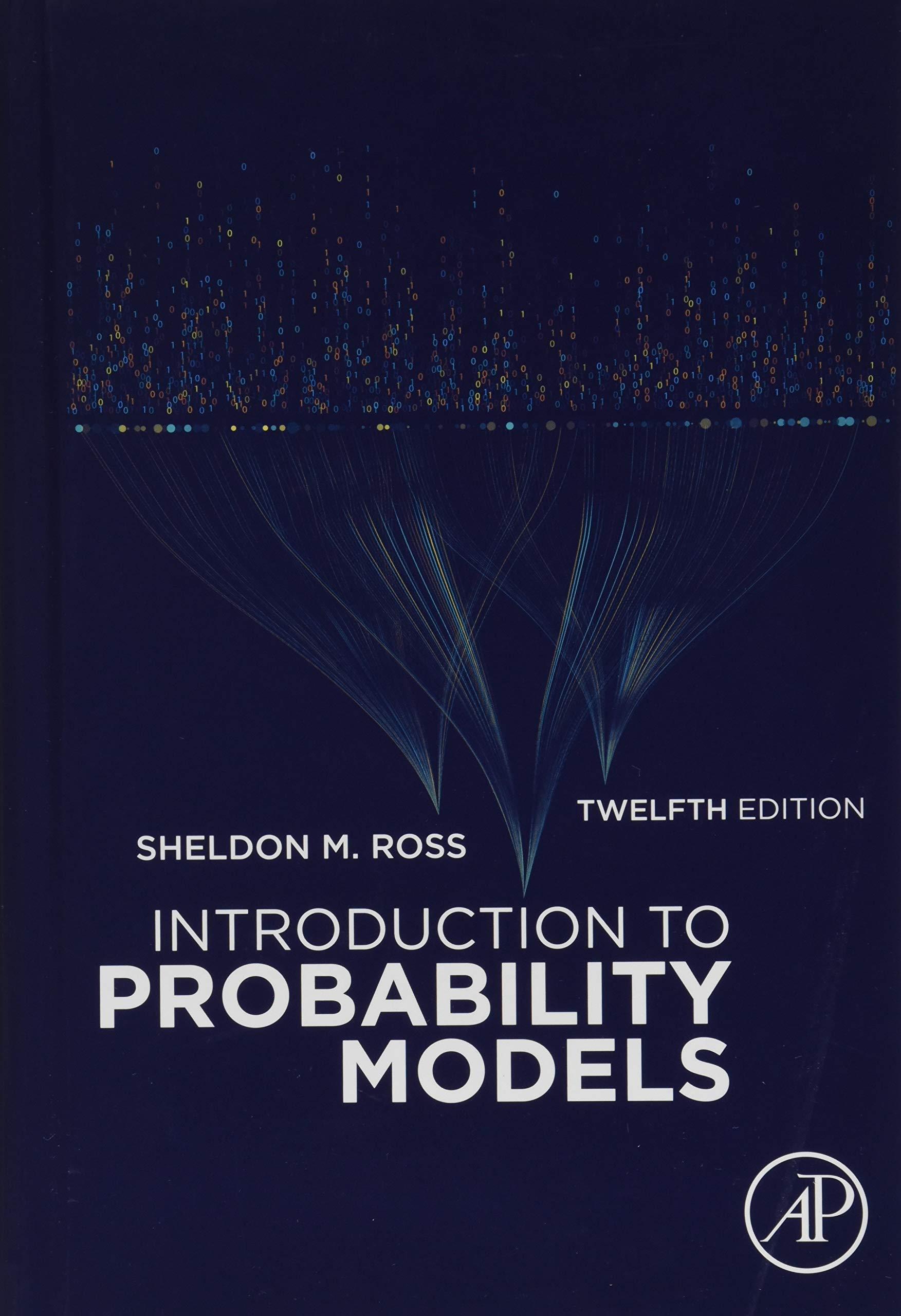Question
1) Suppose that an individual randomly has three sexual partners from within the 20-24 age group and suppose that allpeople in that age group are
1) Suppose that an individual randomly has three sexual partners from within the 20-24 age group and suppose that allpeople in that age group are equally likely carriers of chlamydia.Determine the empirical probability that Partner 1 and Partner 2 and Partner 3 have chlamydia. 2) Suppose that an individual randomly has three sexual partners from within the 20-24 age group and suppose that allpeople in that age group are equally likely carriers of chlamydia.Determine the empirical probability that Partner 1 and Partner 2 and Partner 3 do not have chlamydia3) Suppose that an individual randomly has three sexual partners from within the 20-24 age group and suppose that allpeople in that age group are equally likely carriers of chlamydia.Determine the empirical probability that at least one sexual partner out of the three has chlamydia.4) Suppose that all people in the given age group (20-24) are equally likely carriers of chlamydia.Suppose that the number of sexual partners is increased to 15. Determine the empirical probability that at least onesexual partner out of the fifteen has chlamydia.5) Suppose that all people in a given age group are equally likely carriers of chlamydia.How many different sexual partners, from within the 20-24 age group, would one have to have such that there wouldbe approximately 60% probability that at least one partner had chlamydia.

Step by Step Solution
There are 3 Steps involved in it
Step: 1

Get Instant Access to Expert-Tailored Solutions
See step-by-step solutions with expert insights and AI powered tools for academic success
Step: 2

Step: 3

Ace Your Homework with AI
Get the answers you need in no time with our AI-driven, step-by-step assistance
Get Started


